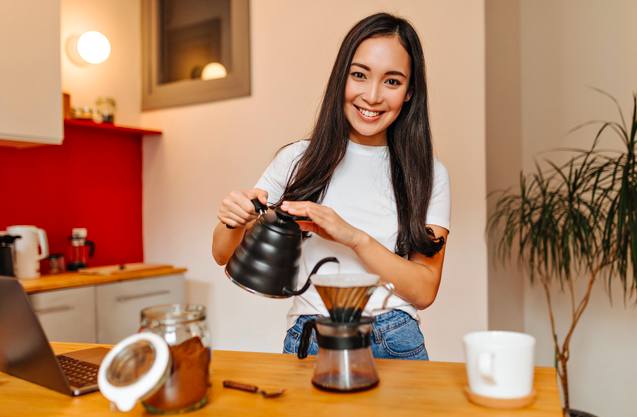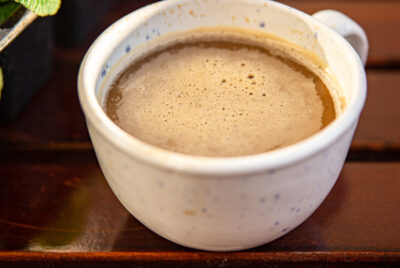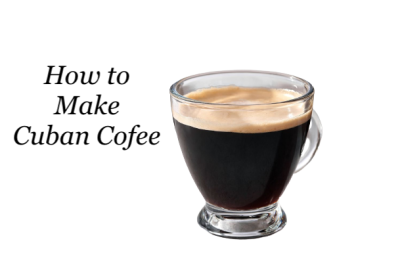How Many Coffee Beans Per Cup: Finding the Perfect Ratio
If you’re a coffee lover like me, you know that achieving the perfect cup of coffee requires the right balance of factors, including the quality of beans, water temperature, and brewing time. But have you ever wondered how many coffee beans per cup you should apply to achieve that ideal flavor and strength?
In this article, I will guide you through the process of finding the perfect coffee-to-water ratio and share some insights and suggestions to help you brew the best cup of coffee possible.
Understanding the Importance of Coffee-to-Water Ratio
The coffee-to-water ratio is a crucial element in brewing coffee. It determines the strength, flavor, and overall quality of your brew. Finding the right balance ensures that you extract the optimal amount of flavors and aromas from the coffee beans while avoiding an overly weak or overpowering cup.
Factors Influencing the Coffee-to-Water Ratio
Several factors can influence the ideal coffee-to-water ratio, including personal preference, the brewing method used, and the type of coffee beans. Let’s take a closer look at each of these factors.
1. Personal Preference
The strength of your coffee is a matter of personal preference. Some individuals prefer a bolder and stronger cup, while others enjoy a milder and more balanced flavor. It’s important to experiment and adjust the coffee-to-water ratio to suit your taste buds.
2. Brewing Method
Different brewing methods require different coffee-to-water ratios to achieve the desired results. For example, brewing coffee using a French press may require a different ratio compared to an espresso machine or a drip coffee maker. It’s essential to consider the specific requirements of your chosen brewing method.
3. Type of Coffee Beans
The type of coffee beans you use also plays a role in determining the appropriate coffee-to-water ratio. Varieties of coffee beans can vary in terms of their density, roast level, and flavor profile. These factors can affect the extraction process and the strength of the resulting brew.
Finding the Ideal Coffee-to-Water Ratio
Now that we understand the factors that influence the coffee-to-water ratio, let’s explore how to find the ideal ratio for a delicious cup of coffee.
1. Start with the Golden Standard
A commonly recommended coffee-to-water ratio is 1:16, which means using one part coffee to 16 parts water. This ratio is often referred to as the “golden standard” and serves as a good starting point for many brewing methods.
In regards to coffee beans themselves, a common starting point is to use approximately 1 to 2 tablespoons of coffee beans per 6-ounce cup of water. This measurement can be adjusted based on your taste preferences and the desired strength of your brew.
2. Experiment and Adjust
From the golden standard, you can experiment and adjust the ratio to suit your personal taste. If you prefer a stronger cup, you can increase the amount of coffee grounds, moving towards a ratio of 1:15 or 1:14. Conversely, if you prefer a milder brew, you can decrease the amount of coffee grounds, aiming for a ratio of 1:17 or 1:18.
3. Consider the Brewing Method
Different brewing methods may require slight modifications to the coffee-to-water ratio. For example, if you’re using a French press, a ratio of 1:15 or 1:16 is often recommended. On the other hand, for an espresso machine, a ratio of 1:2 or 1:3 is typical due to the concentrated nature of espresso.
4. Use a Kitchen Scale
To achieve accuracy and consistency in your coffee brewing, consider using a kitchen scale to measure both the coffee beans and water. This ensures precision in achieving the desired ratio and allows you to replicate your favorite brews consistently.
Factors Beyond the Coffee-to-Water Ratio
While the coffee-to-water ratio is crucial, it’s important to remember that other factors also contribute to a great cup of coffee. Here are a few additional tips to enhance your coffee brewing experience:
1. Quality of Coffee Beans
Using high-quality, freshly roasted coffee beans is essential for a flavorful cup. Invest in beans that suit your taste preferences and ensure they are stored properly to maintain their freshness.
2. Grind Size
The grind size of your coffee beans affects the extraction process. Different brewing methods require specific grind sizes. For example, a coarser grind is suitable for French press, while a finer grind is needed for espresso. Adjusting the grind size can complement the coffee-to-water ratio and enhance the overall flavor extraction.
3. Water Temperature and Quality
The water temperature and quality significantly impact the taste of your coffee. Use filtered water or high-quality tap water to avoid any impurities that may affect the flavor. The ideal water temperature for brewing coffee is typically between 195°F and 205°F (90°C and 96°C).
4. Brew Time
The duration of the brewing process can also influence the final taste of your coffee. Follow the recommended brew time for your chosen brewing method, as over-extraction or under-extraction can result in a less desirable flavor profile.
How Many Coffee Beans Per Cup Conclusion
When it comes to determining the ideal coffee-to-water ratio, there is no one-size-fits-all answer. It’s a matter of personal preference, brewing method, and type of coffee beans. Starting with the golden standard of 1:16 and adjusting according to your taste and brewing method is a good approach. Remember to consider other factors such as the quality of coffee beans, grind size, water temperature, and brew time to enhance your coffee brewing experience.
So, the next time you brew a cup of coffee, take into account the coffee-to-water ratio and the various factors that influence its taste. With a bit of experimentation and attention to detail, you’ll be well on your way to enjoying a perfectly brewed cup of coffee tailored to your liking.
FAQs
Can I use more coffee beans to make a stronger cup of coffee? Yes, increasing the amount of coffee beans in relation to water will result in a stronger brew. This also won’t increase the calories much, as coffee by itself is essentially calorie free. Experiment with different ratios to find your preferred strength.
Can I use fewer coffee beans to make a milder cup of coffee? Yes, reducing the amount of coffee beans in relation to water will result in a milder brew. Adjust the ratio to suit your taste preferences.
What if I don’t have a kitchen scale to measure the coffee beans and water? While a kitchen scale provides precise measurements, you can also use a measuring scoop or tablespoon to approximate the amount of coffee beans. For water, measuring cups or a coffee maker with volume markings can be used.
Do different types of coffee beans require different ratios? Different types of coffee beans can have varying densities and flavors. Experimentation is key to finding the optimal coffee-to-water ratio for each type of bean.
What if my coffee tastes too weak or too strong? Adjust the coffee-to-water ratio accordingly. If it’s too weak, increase the amount of coffee beans or decrease the amount of water. If it’s too strong, reduce the amount of coffee beans or increase the amount of water.




